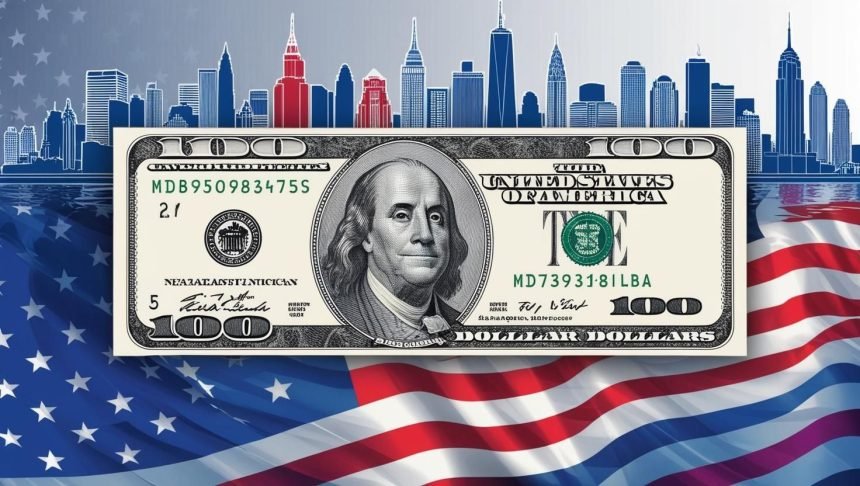There are more and more signs of economic imbalance in the United States as the economy continues to change.
The most recent statistics shows that Americans need an annual adjusted gross income (AGI) of almost $800,000 to be in the top 1% of earners in the U.S.
However, this level of income is not the same all over the country because local economic factors have a big impact on income benchmarks.
The Financial Requirements to Join the Elite
The $800,000 threshold is a big jump from previous years. According to the Tax Foundation, the AGI needed to join the top 1% in 2021 was $682,577.
This number has gone up because of inflation, economic growth, and more people with a lot of money.
In states like Connecticut, the bar is even higher, at $1.19 million. Other high-cost states like California, New Jersey, and Massachusetts also require AGIs above $1 million.
On the other hand, West Virginia and Mississippi have a lower threshold, with incomes around $435,000 being enough to make the cut.
Rising Wealth Disparities
As wealth continues to concentrate at the top, the gap between the richest and the rest of the population grows.
They say that as of Q2 2024, the richest 1% of Americans own 23.3% of the country’s wealth.
This shows a sharp increase from 16.5% in 1990. The elite, on the other hand, own 8.1% of the country’s wealth, while the middle 40% to 60% of families, which is often called the “middle class,” only own 8.1%.
The gap becomes even starker within the top 0.1%, whose share of the nation’s wealth has risen from 8.5% in 1989 to 13.5% in 2024.
The wealth of billionaires, a small group within this group, has skyrocketed. In 2024, there were 813 billionaires in the U.S. alone, a sharp rise from previous years.
Median Household Income on the Decline
Although the rich get richer, the average American household income has gone down. The real median household income dropped to $74,580 in 2022 from $76,330 in 2021—a 2.3% drop.
This income level is less than 10% of what it takes to be in the top 1%. On top of that, housing costs have gone up so much that only one-third of U.S. households earn enough to meet this standard—down from nearly two-thirds in 2019.
Income Benchmarks for the Top 10% and Beyond
To get into the top 10% of earners in the U.S., your AGI needs to be at least $169,800, and it needs to be at least $252,840 to get into the top 5%.
Even though these numbers are big, they are nothing compared to the $819,324 that the Economic Policy Institute (EPI) says the average wage of the top 1% is.
The very richest 0.1% of people make an average of $3.3 million a year.
Regional Variations in Wealth Thresholds
The cost of joining America’s wealthy elite changes a lot depending on where you live. For example, to be in the top 1% in Washington, D.C., you need to make $1.22 million a year, which is the most in the country.
Some states, like West Virginia, have thresholds as low as $426,000. These are places with lower cost of living.
These differences are mostly caused by local economic factors, such as job prospects and how wealth is distributed.
Historical Trends in Wealth Concentration
Rich people are getting richer faster than ever. This has been going on for decades. Since 1979, the top 1% have made twice as much as the bottom 99%, going from 7.3% to 14.6% by 2021.
At the same time, the bottom 90% of earners have seen their share of income drop from 69.8% to 58.6%.
Between 1979 and 2021, the EPI shows that pay growth for the top 1% jumped by 206.3%, while growth for the bottom 90% was only 28.7%.
This difference highlights the growing wealth gap, which makes it harder for the normal American to move up in the job market.
The Global Context
The wealth of billionaires around the world has grown a lot. According to Reuters, the world’s billionaires’ wealth will rise by 17% in 2024, with big gains in the U.S.
This trend is similar to the overall rise in wealth concentration. The world’s 2,781 billionaires now own $14.2 trillion, which is $2 trillion more than they did a year ago.
The United States has the most billionaires, with 508. China comes in second, with 473 billionaires, including those in Hong Kong.
This stark collection of wealth makes the gap between the world’s richest people and everyone else even bigger.





